
“Mental health is not a destination, but a process.
It's about how you drive, not where you're going.”
— Noam Shpancer, Ph.D.
Several years ago, it was unlikely to expect to hear the words “mental health” spoken in the same sentence as “work”. For most people, mental health was a personal issue; managed in private and left out of the professional setting. Today, however, mental health awareness has become a business imperative, as companies and organizations around the world begin to embrace, encourage and normalize the necessary conversations around the subject.
But before we go into how we can promote positive mental health in the workplace, let’s first tackle the question: what exactly is mental health?
Let’s talk about mental health.
Mental health encompasses our emotional, psychological, and social well-being. It impacts how we think, feel, and act; determines how we handle stress, work productively, relate to others, and make choices.
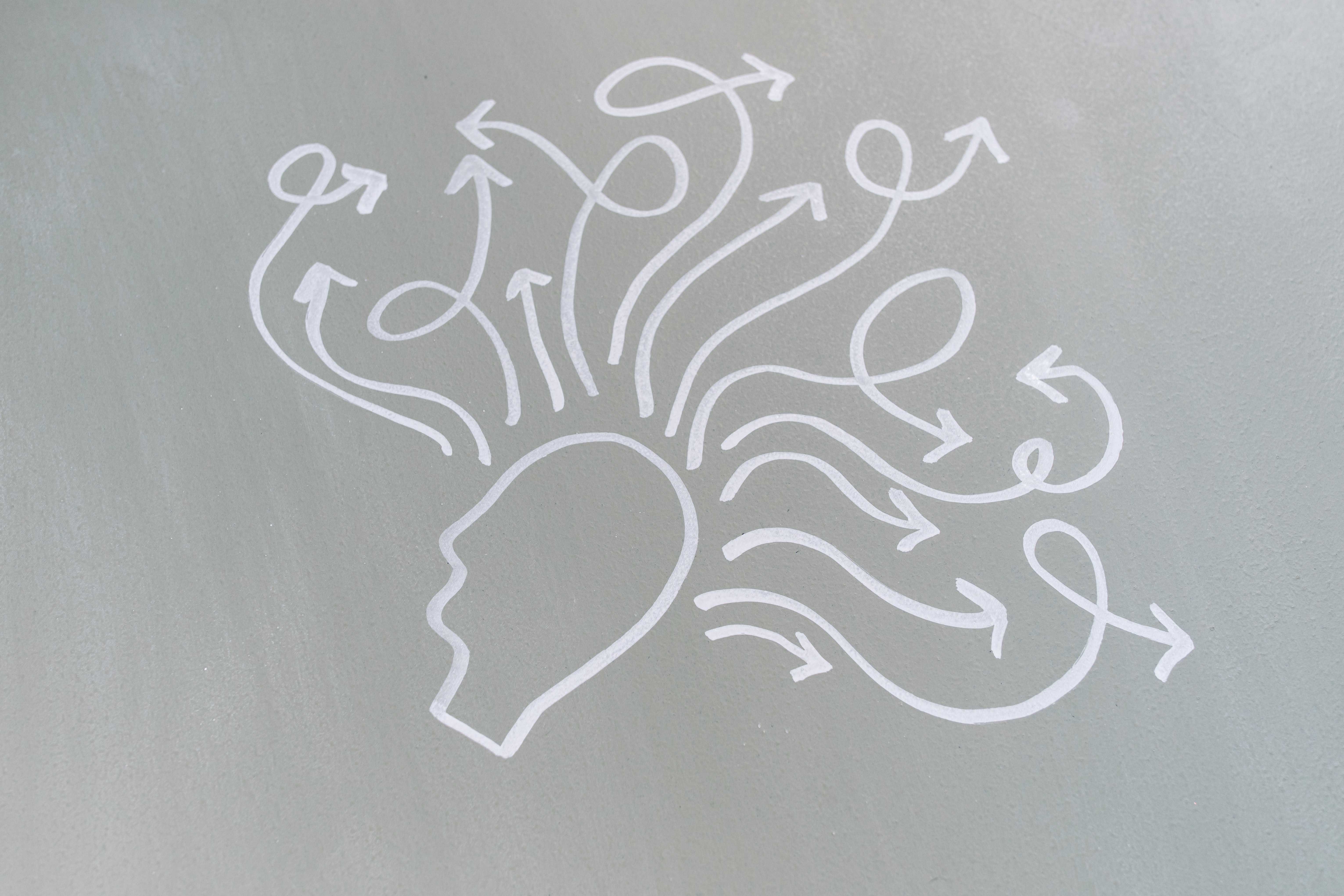
(Source: Tara Winstead on Pexels)
The United Nations Commission on Human Rights asserts that mental health is a fundamental human right. In addition, the World Health Organization (WHO) defines health as “a state of complete physical, mental and social well-being, and not merely the absence of disease”.
But while ongoing conversations emphasize how mental health is an essential component of overall health, we have a long way to go before mental health is held in the same regard as physical health, at least where budgeting, medical education, and practice are concerned.
Why promote mental health awareness at work?
For approximately 8 hours a day, 5 days a week, work is where many of us spend the bulk of our time. It’s a significant part of our lives, providing us with income to support ourselves and our families. It’s also where we can connect with like-minded peers and build lasting relationships.
All that said, our work is where we are most exposed to varying degrees of stress. From project deadlines, to revenue targets, to managing expectations in our teams and with our clients—work is the environment where we find ourselves challenged to build our skills, achieve goals, and excel. While stress is an unavoidable part of life, exposure to chronic stress can negatively impact our mental, emotional and even physical wellbeing.
For those of us working in the creative field, this means that stress impacts the processes relating to creativity, such as flexible thinking and the ability to remain agile when handling tasks.
When we find ourselves wrestling with chronic stress, these critical processes can be compromised; leaving us feeling unmoored and unable to cope. You may know this feeling as burnout.
Job Burnout: How to spot the signs and What to do about it
According to the Mayo Clinic, job burnout is defined as “a special type of work-related stress—a state of physical or emotional exhaustion that also involves a sense of reduced accomplishment and loss of personal identity.”
For example, while we all look forward to weekends and breaks, signs of job burnout can manifest as a persistent feeling of dread as the hours count down to when we need to “clock in” approaches. In other scenarios, it can rear its ugly head during interactions with others, radiating impatience or irritation when we engage with colleagues; another example still is when it exhibits itself as pervasive feelings of cynicism and dissatisfaction towards work that might otherwise feel engaging.
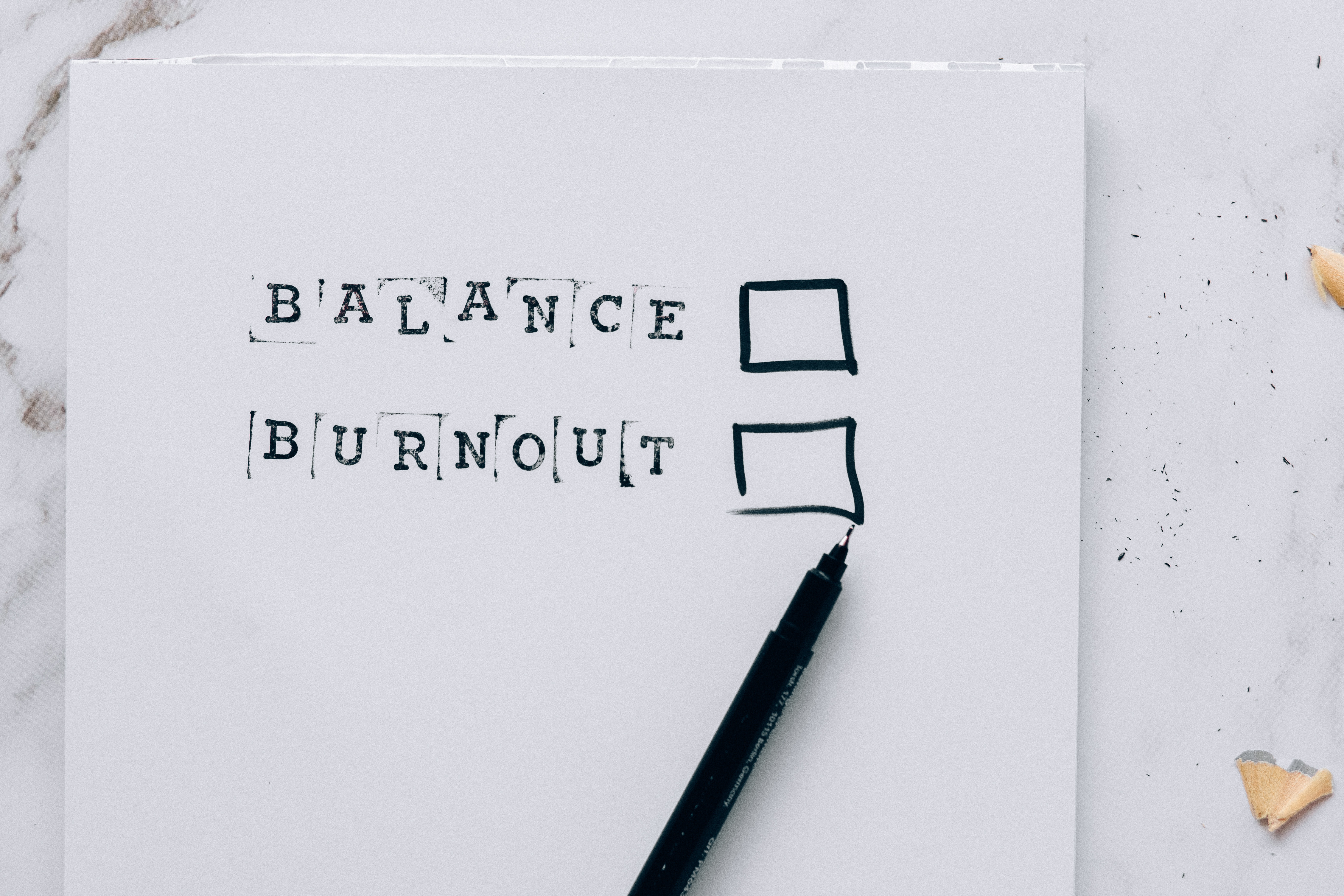
(Source: Nataliya Vaitkevich on Pexels)
If any of these scenarios sound familiar, you’ve likely experienced or are experiencing burnout. Now that you’re aware of this, what can you do to be proactive in assessing and addressing these feelings?
One option is to run through the WHO-5 Well-Being Index, a 5-point self-assessment that serves as a guide to help you reflect on how and what you’ve been feeling over the course of the last 2 weeks:
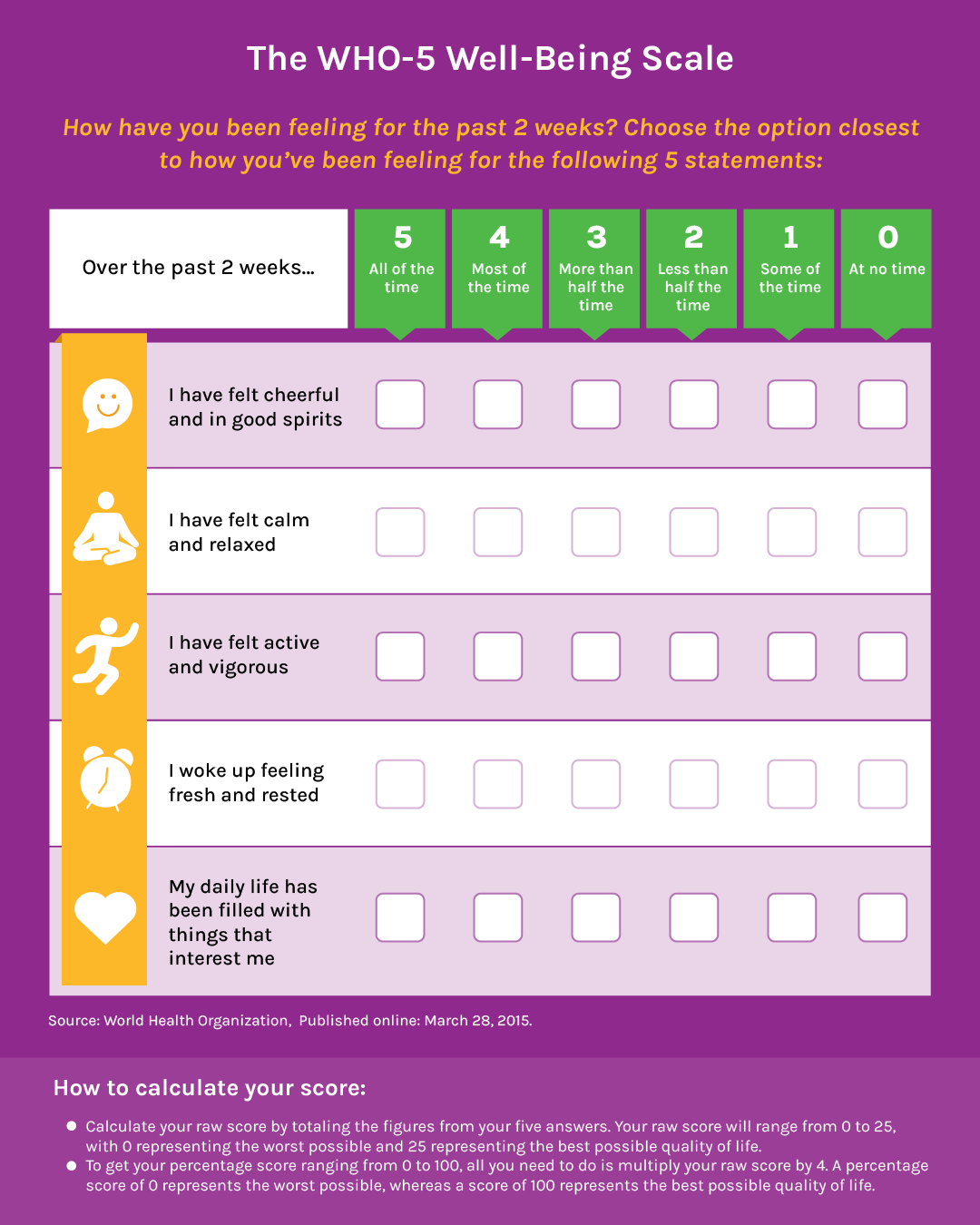
This questionnaire can provide you with concrete data points to assess how you have been feeling. However, to interpret the data, we encourage you to reach out to your Wellness Point of Contact or a trained professional. Think of it as going for a check-up where understanding your results translates to figuring out what you need to do next.
Promoting Mental Health at Work
On June 20, 2018, RA 11036 known as the Philippine Mental Health Act was signed into law, taking effect on July 5 of that same year. As national policy, its goal is to enhance the delivery of mental health services and to promote and protect Filipino rights where psychological health services are involved. For the private business sector, this paved the way for guidelines relevant to the creation of policies and programs to support employees’ positive mental health in the workplace.
For businesses, promoting mental wellbeing in the workplace translates to providing adequate support and resources to help team members flourish as they go about their day-to-day activities. Here at StraightArrow, support and resources for team members’ positive mental health comes from three avenues:
Mental Health First Aid & Leadership Involvement
2020 underscored the need to equip StraightArrow leaders with the training and tools needed to support and empower their teams while in the midst of a global pandemic.
We partnered with The Silver Lining Hopeline for a series of virtual sessions focused on Mental Health First Aid, where the key talking points covered understanding mental health, discussions on models that would help us work towards promoting positive mental health, and tools to better support team members with psychological needs.
This training continues to be available to StraightArrow’s leaders via our internal knowledge base, with plans to roll out the webinar to all company employees for general knowledge.
Wellness Helpdesk & Employee Assistance Programs
Mental health initiatives didn’t stop at first aid training, as combating the stigma around mental health and encouraging awareness and conversation is continuous work.
- Our in-house medical team spearheads the Wellness Helpdesk, a company chat where updates on wellness-related activities, programs, and webinars are shared.
- StraightArrow team members also have access to a 1-day Mental Health Leave, which they can avail for clarity breaks or well-deserved rest.
- As for team members who need assistance covering expenses for psychological support services or medication, we have an Outpatient Benefit Policy in place.
Mental Health Hopeline
Our partnership with The Silver Lining Hopeline goes beyond the Mental Health First Aid training sessions. As an added benefit for StraightArrow team members, Silver Lining provides peer support and, when necessary, access to specialized interventions.
How the Light Gets In
Choosing to normalize conversations about mental health is the best way to reduce the stigma. Through collaboration, team members and leaders can build an environment that prioritizes health, safety and well-being, ultimately contributing to improvement in the organization.
Here are some final thoughts on how you can contribute:
- Know your resources, your rights, and use them well. Whether it’s taking a mental health day to reset, or availing of professional support, leverage the benefits available to you.
- Get involved at a pace that works for YOU. You don’t need to commit to all the wellness programs lined up to be proactive. Choose the ones that best fit your needs and your availability.
- Keep communication lines open; share what you’re comfortable sharing. In a work setting, the fear of being judged can feel like the most difficult hurdle to cross, but asking for the support you need so you can get it is crucial.
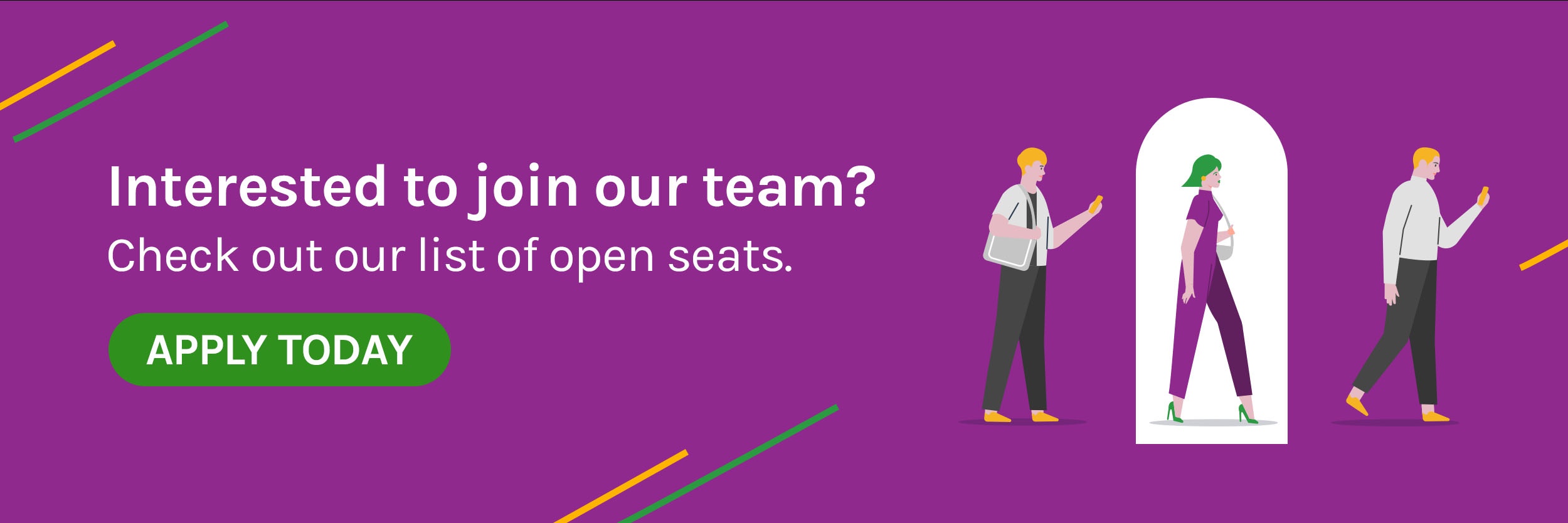









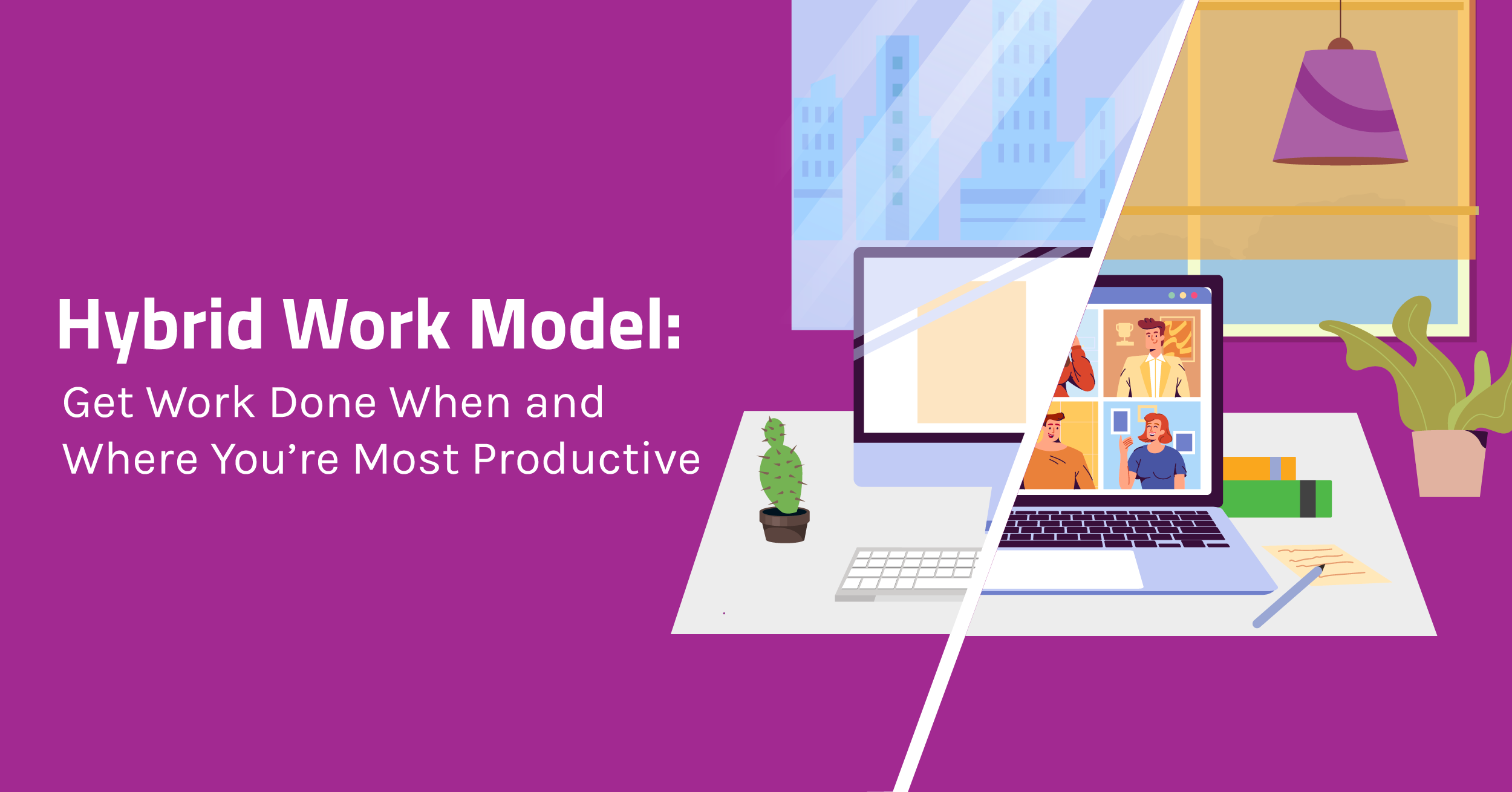
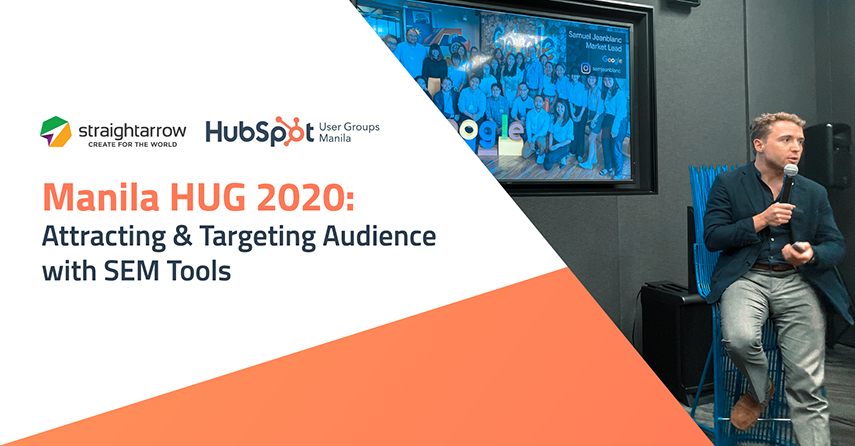
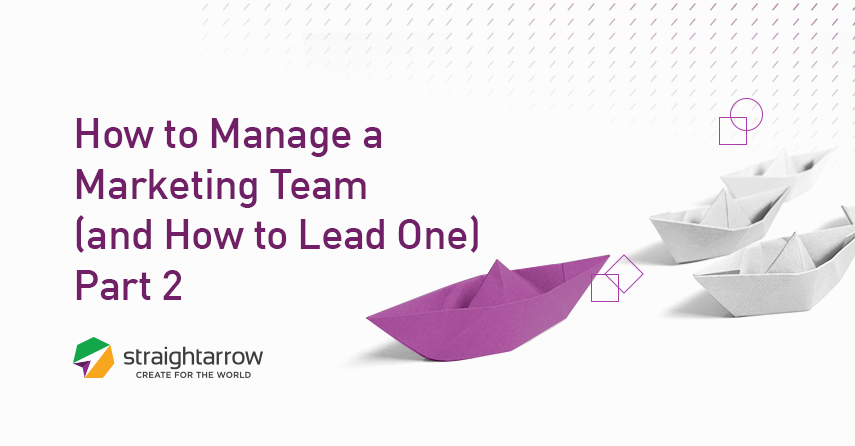

Comments